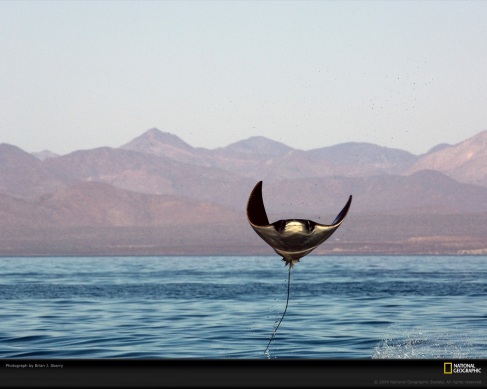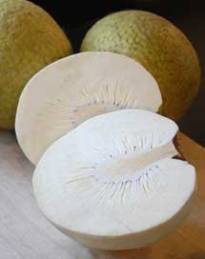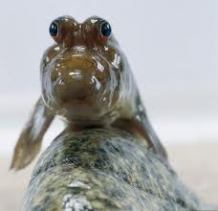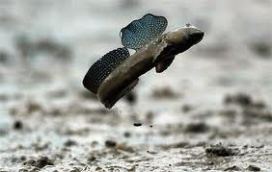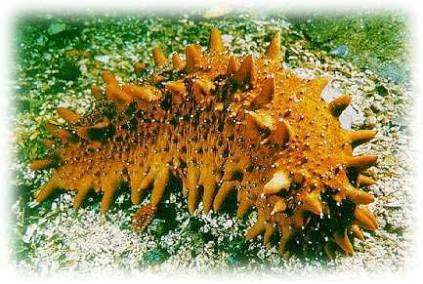One thing that we have not specifically talked about in class are the fish in Yap. I know what you’re thinking…this might not exactly be the first thing that comes to most peoples minds when we talk about the environment in Yap. But once I got on WordPress and saw that coconuts, sea cucumbers, mangrove forests and coral reefs had already been blogged about, I figured I would at least try to be original! And although we may not have specifically talked about fish in Yap and Micronesia, we have indirectly talked about many of the things that influence the fish population (such as the mangrove roots, coral reefs, ocean floor layout, etc.) and how the people of Yap also rely heavily on fish as a staple food source; not to mention how the fishing industry is a major part of the economy in Yap and throughout all the rest of Micronesia also.
Deep-sea fishing beyond the limits of the coral reefs is quite popular in Yap and Micronesia, with a heavy population of deep-sea game fish including Mahi-Mahi, Yellowfin and Skipjack Tuna, Wahoo, Barracuda, Rainbow Runner, Marlin, and Sailfish. To top things off, many of Yap’s restaurants will prepare your catch for you any way you like!
The reefs in Yap are abundant with aquatic life, from exotic underwater plants to a huge selection of animal life, including some of the world’s largest manta rays as well as sharks, stingrays, dolphins, pilot whales, moray eels, a number of schooling species, and hundreds of other species frequently known to inhabit these areas. The coral reefs of Yap seem to be like the Amazon rainforest of the sea and I know that I am overly thrilled to be exploring them in less than eight more weeks!!
The mangroves are invaluable to Yap for many reasons, from firewood to protection against erosion, and more. Another large benefit of these mangroves is the habitat that they provide for marine life. These entwined roots and trunks of the mangrove trees and seagrass provide ideal habitats for smaller scale sea creatures such as crabs, shrimp, and small fish (i.e. cardinal fish, glass fish, etc.) which further out and in deeper sections of the mangroves, ultimately provide a great food source for larger predatory fish which often end up on our plates, including a large variety of snappers, some groupers and other fish.
In conclusion, Yap and the Micronesian islands have a very diverse fish population which serves a variety of important purposes for the everyday lives of the island inhabitants. And should we find ourselves with an opportunity, we should certainly look into investing some time to go out and do some fishing. I know that I am certainly interested in doing so and at the very least could probably gather a group of a handful of others who would be interested in joining. Plus, we could always bring back our catch for back for dinner- yummm!
Below are a few sites I used to gather some of the information for this blog:
http://www.diveyap.com/fishing.html
http://www.diveyap.com/walls.html
http://www.fsl.orst.edu/geowater/PEP/ipif/mackenzie/
